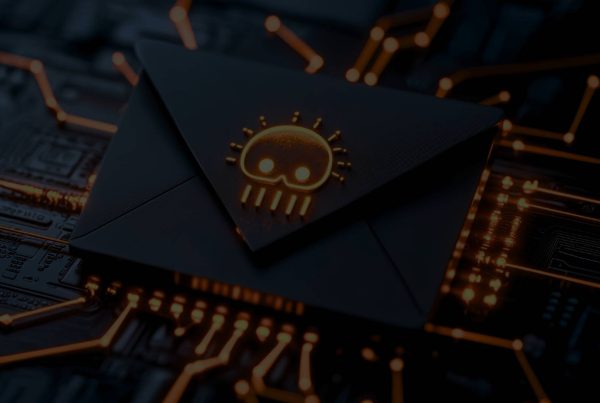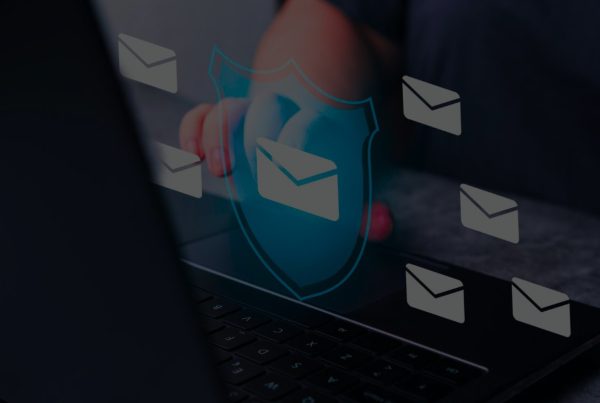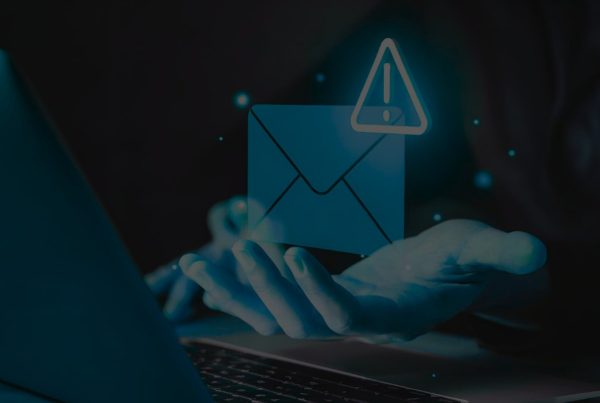Beyond Native Tools: Why Google Workspace Needs Extra Email Protection
Google Workspace has become the default productivity suite for a wide array of industries, from fast-growing SaaS startups to established healthcare providers and financial service firms. Its intuitive interface, collaboration tools, and built-in security controls make it an attractive choice for organizations of all sizes. But when it comes to email security, relying solely on native Google tools is no longer sufficient—especially in an era where AI-powered phishing and Chatbot-based social engineering are becoming mainstream threats.
Enterprises are increasingly recognizing that to meet evolving threat landscapes and compliance obligations, Google Workspace needs to be supplemented with advanced email protection solutions. These third-party platforms offer deeper threat intelligence, real-time behavioral analysis, and comprehensive visibility—features critical for enterprises handling sensitive data.
Why Native Google Workspace Security Falls Short
Gmail’s built-in spam filters, phishing detection, and malware scanning offer baseline protection, but advanced threats often bypass these controls. Cybercriminals are now deploying machine learning algorithms to craft highly convincing emails, spoof internal domains, and initiate Business Email Compromise (BEC) that’s nearly undetectable by conventional filters.
Moreover, Chatbots are now being weaponized in phishing campaigns—disguised as customer support, HR portals, or IT helpdesks. These interactive bots trick users into divulging credentials and personal information in a way that static filters fail to intercept.
For compliance-heavy industries such as legal, fintech, and healthcare, this gap in protection exposes the organization to not only cyber risk but regulatory penalties.
Case Study: A Fintech Startup’s Close Call
A European fintech company operating entirely on Google Workspace experienced an attempted BEC attack where the attacker impersonated a senior executive and requested a wire transfer during a holiday period. The email bypassed Google’s native filters, as it did not contain any malware or suspicious links—just a convincing tone, a spoofed domain, and an urgent request.
The company had recently deployed an AI-based email security platform that analyzed communication patterns and behavioral baselines. It flagged the email due to unusual send-time behavior and discrepancies in the sender’s writing style. The threat was neutralized before any financial action was taken.
The Compliance Gap
Google Workspace’s security features do not always provide the forensic audit trails or customizable data retention policies needed for GDPR, HIPAA, or SOX compliance. External solutions designed for compliance automation provide enhanced controls like:
- Granular DLP (Data Loss Prevention) rules
- Policy-based encryption
- Advanced threat forensics and reporting
- Automated workflows for incident response
These capabilities are especially critical for enterprises that need to demonstrate continuous security monitoring and risk mitigation during audits.
Case Study: Healthcare Firm Secures Patient Data
A US-based telehealth company operating on Google Workspace needed to ensure end-to-end security for HIPAA compliance. They faced challenges with unauthorized internal email sharing and phishing attempts targeting patient portals.
By integrating an AI-powered third-party security solution, the firm gained visibility into email flows, blocked suspicious internal forwarding, and deployed Chatbot link scanning to identify rogue bots disguised as appointment schedulers. Within weeks, the IT team reduced phishing incidents by 65% and built a clear compliance posture for external audits.
What to Look for in Advanced Google Workspace Email Security
Organizations evaluating email protection for Google Workspace should prioritize:
- AI-driven threat detection that adapts to emerging phishing and BEC patterns
- Chatbot identification embedded in email content
- Real-time policy enforcement and anomaly alerts
- Post-delivery protection, including message retraction and link re-scanning
- Compliance-ready features, such as auto-tagging, retention rules, and forensic logs
Future-Proofing Your Email Security Stack
Email remains the most exploited attack vector, and AI-powered attacks are evolving faster than native tools can respond. Organizations using Google Workspace need to go beyond basic filters and adopt context-aware, intelligent security platforms that proactively defend against both known and unknown threats.
In an increasingly regulated digital environment, proactive email protection is not just a security measure—it’s a business continuity and compliance necessity. Supplementing Google Workspace with advanced, AI-enhanced solutions ensures that organizations not only stay secure, but also audit-ready in a future shaped by automation, cybercrime, and ever








